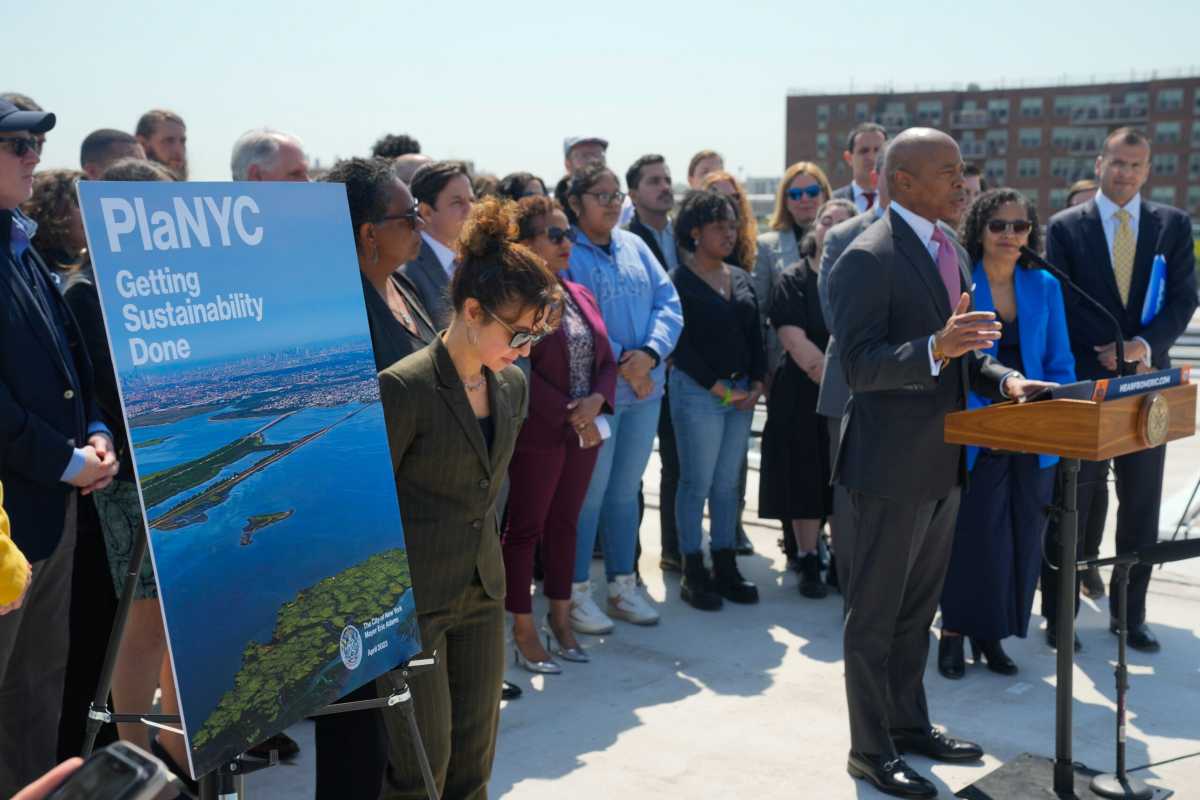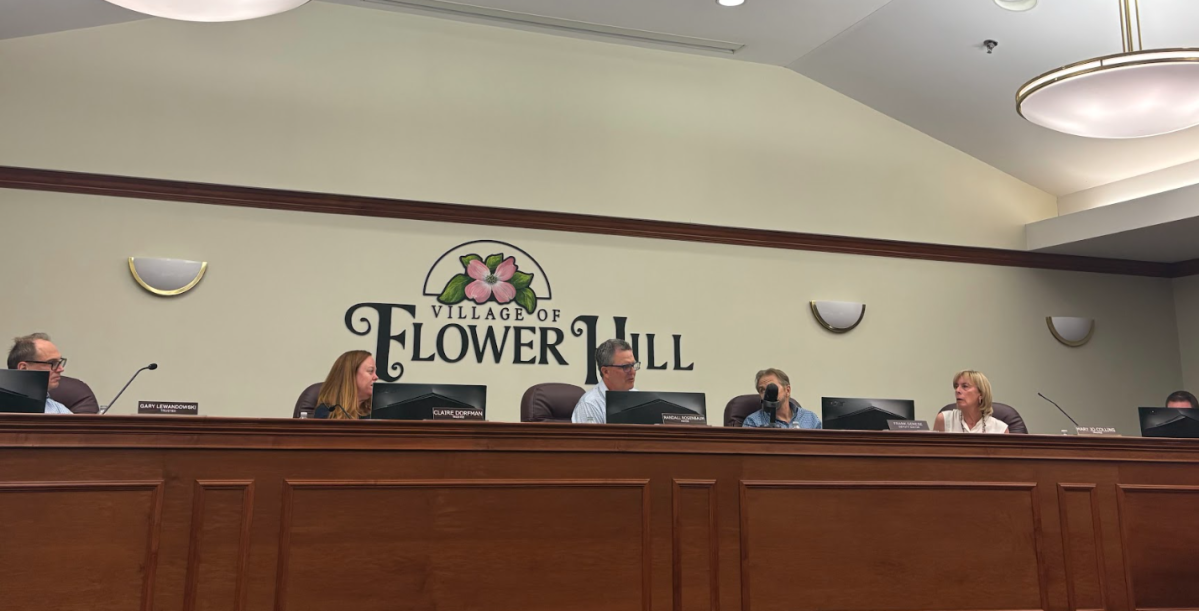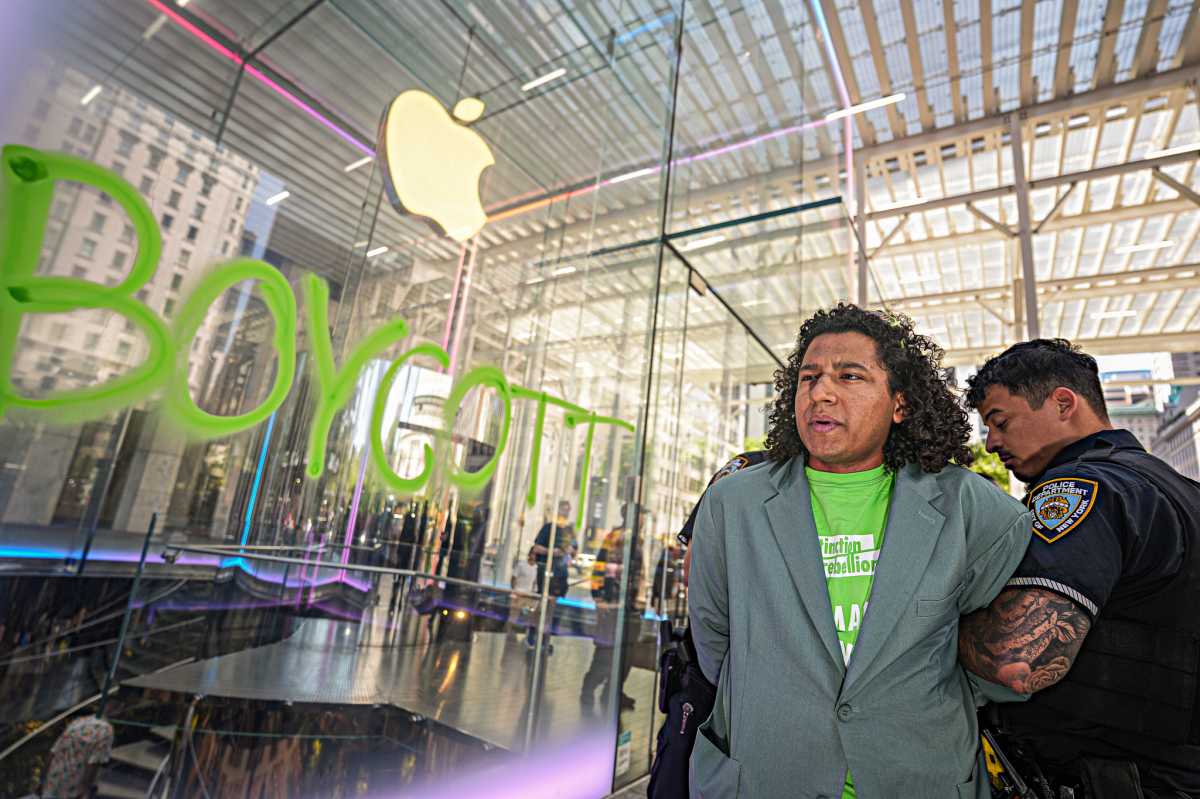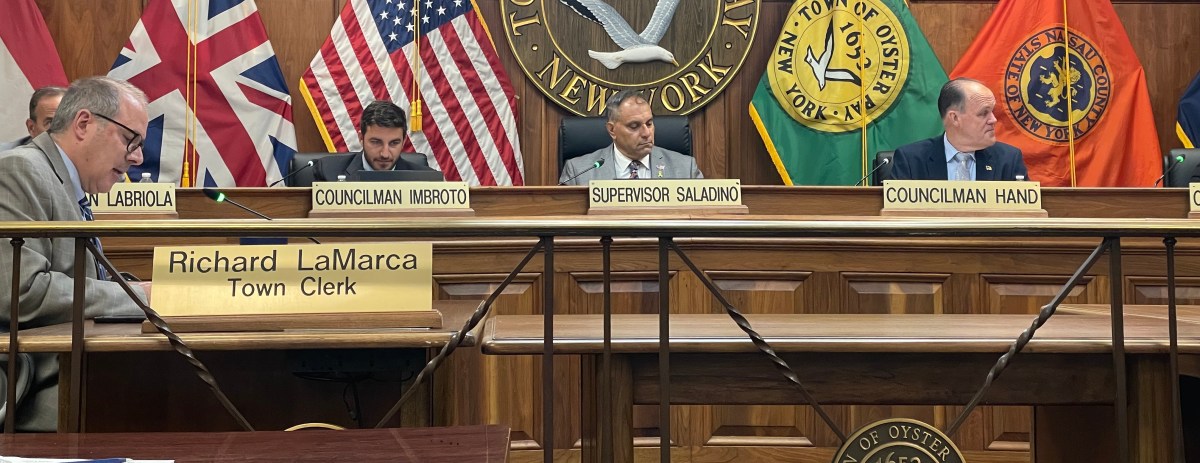A virtually snowless winter, an April heat wave and persistent flooding from heavy downpours have New Yorkers feeling the impact of climate change of late.
New York’s vulnerability has been front and center since Superstorm Sandy in 2012, an event that compelled city, state and federal governments to enact a series of measures to create a sustainable, resilient, and equitable city. Those efforts followed years of previous action to make the city “greener” and reduce its overall carbon footprint.
Still, while these steps are in the right direction, there is still much ground to cover.
At the end of April, Mayor Eric Adams announced his latest action plan, PlaNYC: Getting Sustainability Done. This plan outlines the city’s efforts to protect New Yorkers from climate threats, improve quality of life, and build the green economy.
“We’re in this together, we will get through this together, and I am so proud of the work we are doing to protect our city, Mother Earth, and all New Yorkers from the effects of climate change,” said Mayor Adams during his announcement of the plan on April 20. “New York City has already taken major steps to become more sustainable, resilient, and equitable, including breaking ground on the Lower East Side Resiliency Project, passing Local Law 97 to reduce building emissions, and rapidly electrifying our city’s fleet, which is already the greenest in the nation. But we are just getting started.”
The three main goals of the plan – protecting us from climate threat, improving our quality of life, and building the green economic engine – are all broken down into smaller goals and initiatives, highlighting the steps that the city intends to take. A large part of each step of the plan includes a focus on environmental justice and health equity.
Historically, low-income communities and communities of color have seen a disproportionate amount of environmental burdens that have led to profound health disparities within them.
Eddie Bautista, executive director of the NYC Environmental Justice Alliance, is a leader in this fight for environmental justice.
“By centering society’s most climate vulnerable Black and Brown communities in our policy and infrastructure campaigns, we are addressing the root causes of multiple systemic failures that are killing our people and our planet,” he said.
NYC-EJA has led campaigns across the City and State for more than three decades, working to advance environmental and climate justice. “[They’re] integrating policy analysis, organizing, and advocacy to address the unique and disproportionate vulnerabilities of environmentally overburdened low-income communities of color,” Bautista noted.
Extreme heat, flooding, buildings, and clean & reliable energy are the four elements of the first goal – protecting us from climate threats.
According to the 2022 New York City HeatRelated Mortality Report, 81% of in-home heat stroke related deaths occurred in households without air conditioning. Though more than 90% of city households reported having air conditioning in 2017, access was as low as 76% in certain neighborhoods.
Communities of color, as well as low-income and elderly New Yorkers, are most affected and at risk of health issues from extreme heat conditions. Plans to combat extreme heat include maximizing access to indoor cooling, cooling the built environment, and increasing tree canopy cover to 30%.
Other goals within the plan include reducing greenhouse gas emissions caused by buildings, striving towards carbon neutral construction, and creating accessible and reliable clean energy for all New Yorkers.
To achieve the goal of improving quality of life for all New Yorkers, Getting Sustainability Done outlines a plan that focuses on improving access to and investing in greenspace, improving water quality within waterways and protecting wetlands, decreasing transportation emissions and improving public transportation, and reducing carbon emissions from the City’s food system.
A large part of this goal focuses on transportation. The City previously set a goal of net-zero transportation greenhouse gas emissions by 2050 and is in need of additional work to meet this goal. To do this the City intends to encourage public transit use by all New Yorkers and provide support for automobile drivers to transition easily to electric vehicles.
The final goal set in Mayor Adams’ plan is to build New York’s green economic engine. This goal largely focuses on the green economy and how the City intends to accelerate an equitable transition by advancing climate education, work, and entrepreneurship opportunities. To do this the city intends to provide New Yorkers with resources for fulling green economy careers and grow the offshore wind sector to provide residents with opportunities for economic mobility. An example of this is Climate Jobs NY’s Carbon Free and Healthy Schools campaign.
Vincent Alvarez, president of the New York City Central Labor Council, AFL-CIO and board member of Climate Job NY, explained, “Our goal is to implement energy-efficiency retrofits and solar power across our school buildings in order to make New York City schools a model of green infrastructure, make schools healthier and safer for students and the school community, create good union jobs, and save schools millions in energy costs.”
Getting Sustainability Done puts forth a large number of solutions for many of the climate issues that face New Yorker’s everyday. Yet this plan is simply that: a plan. Real effort needs to continue to be made by the City and New Yorkers and the countless climate groups advocating for the future need to continue holding public officials accountable.
There is only one future ahead of us and we can all do our part to ensure it is an equitable, safe, and healthy one.










